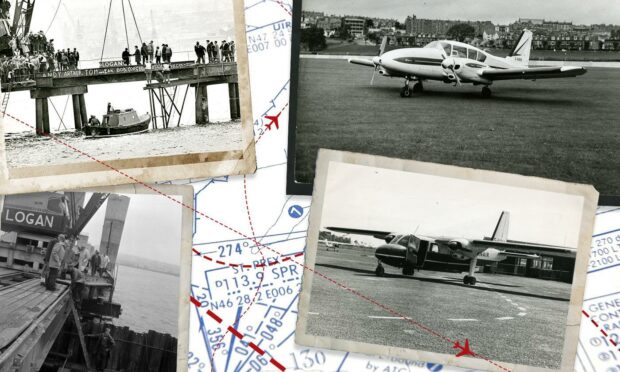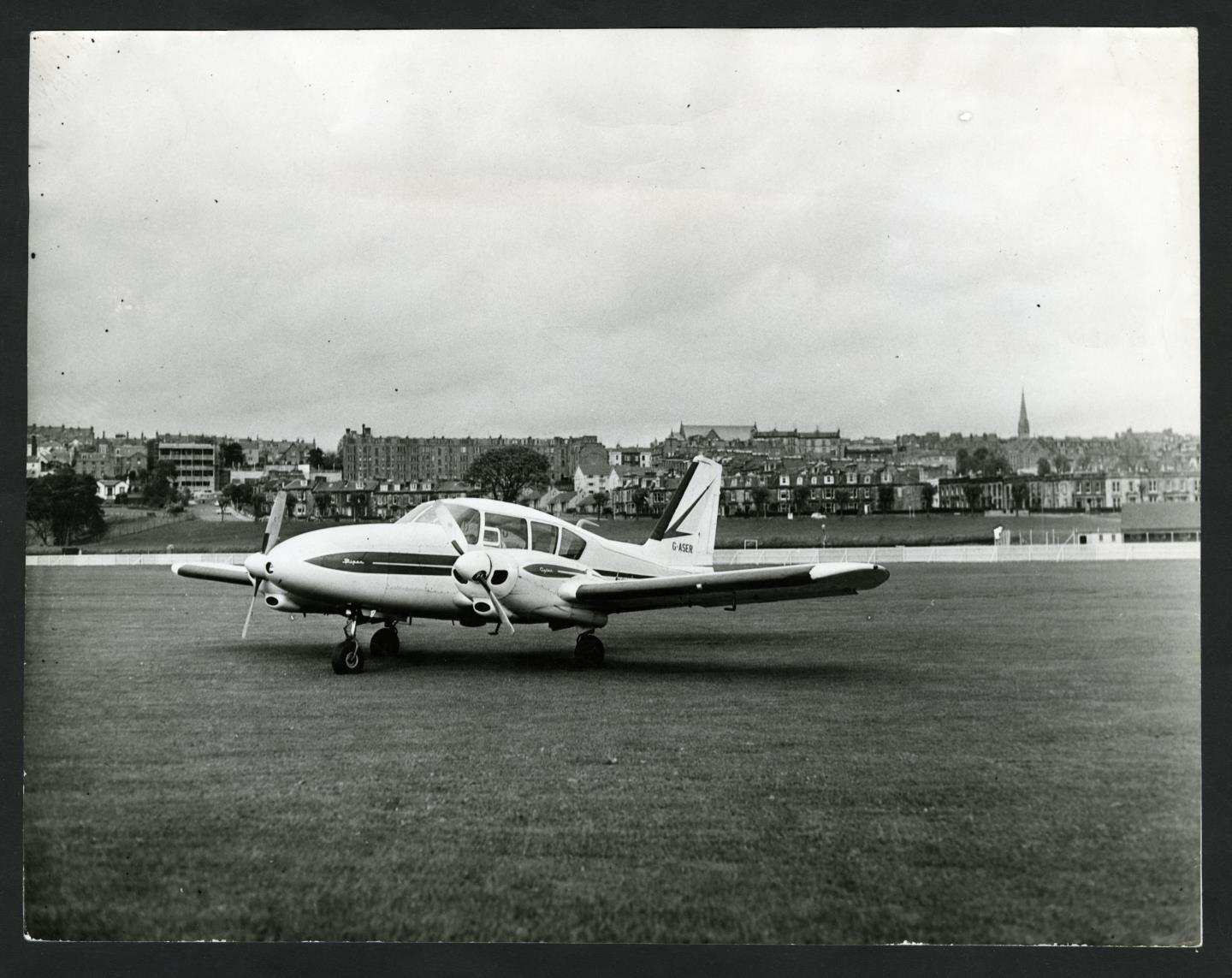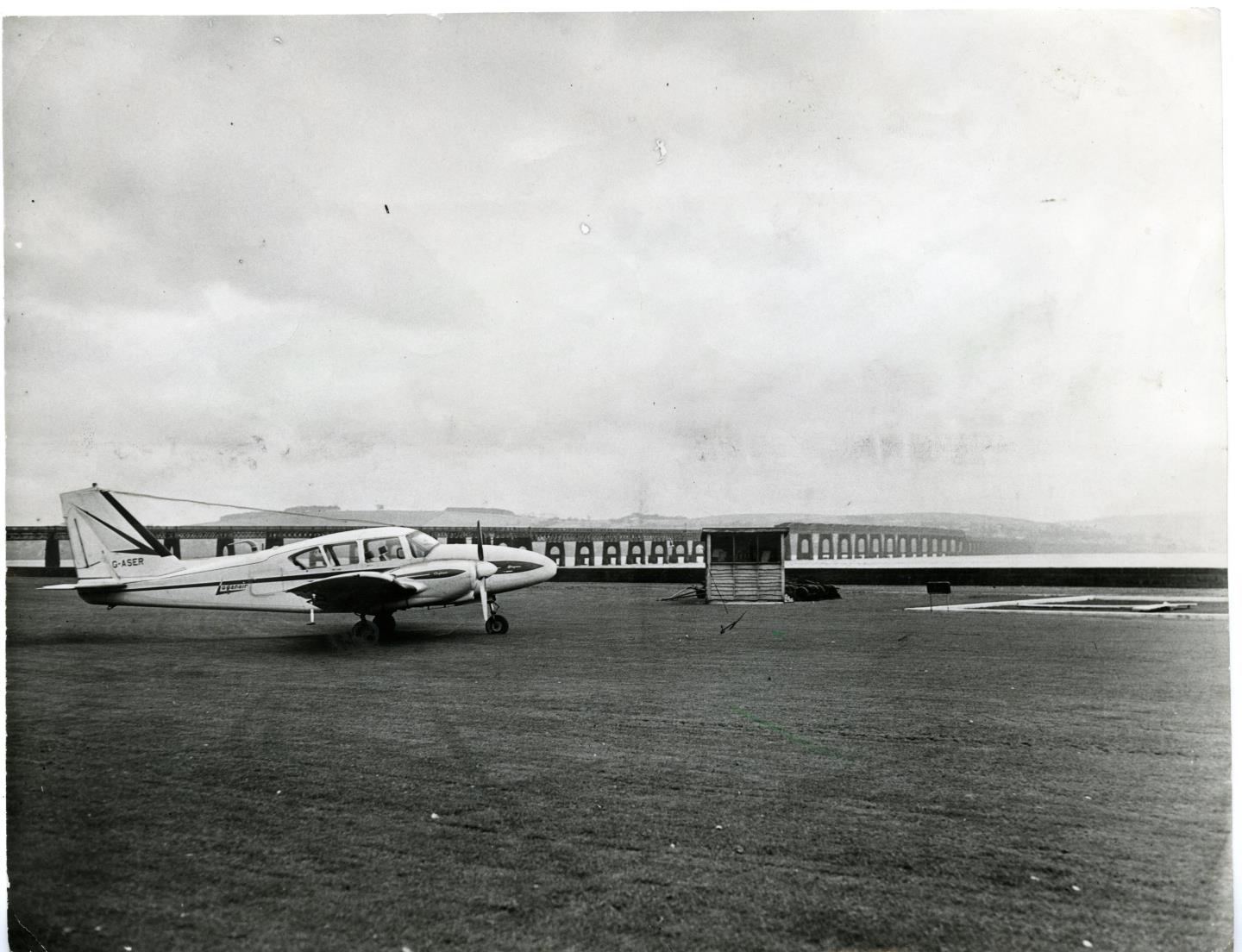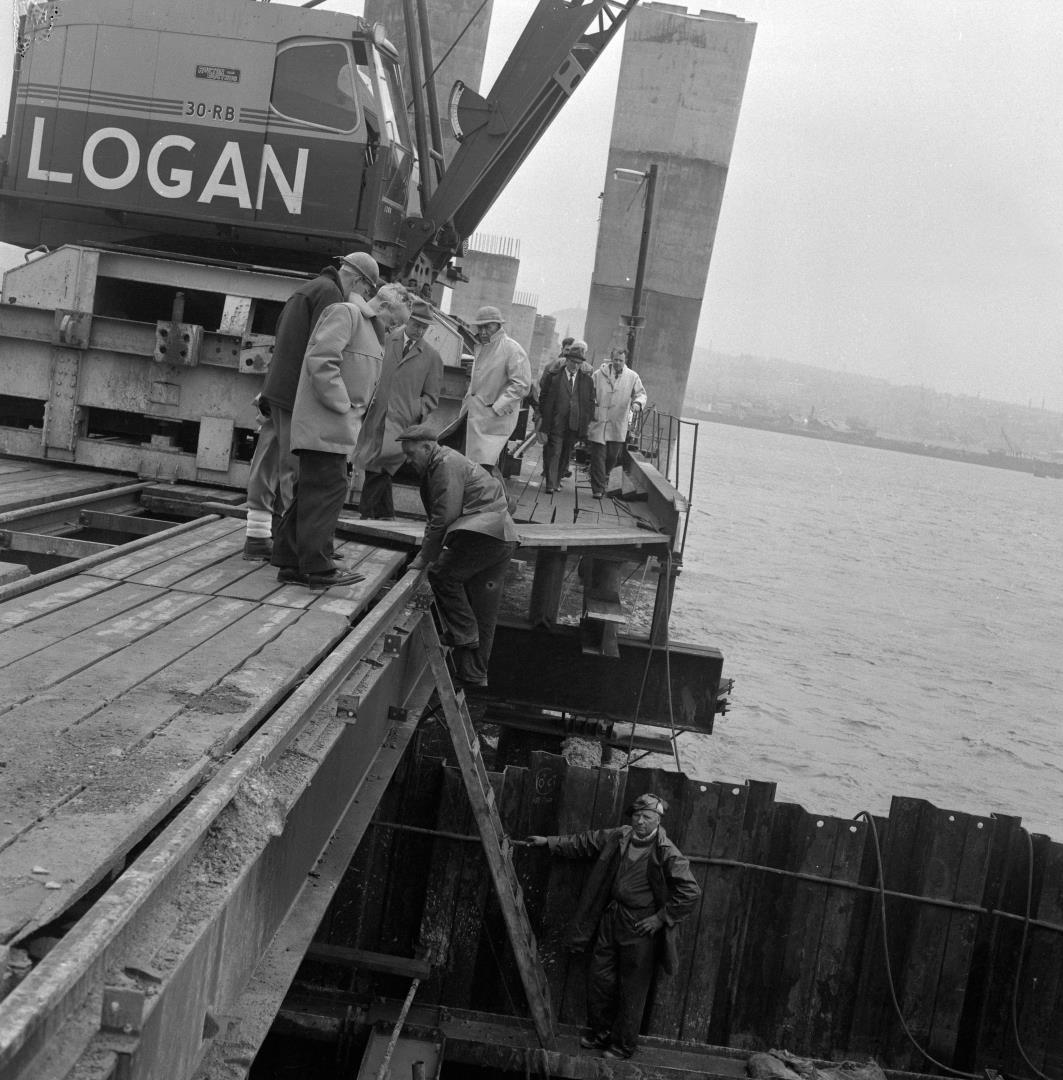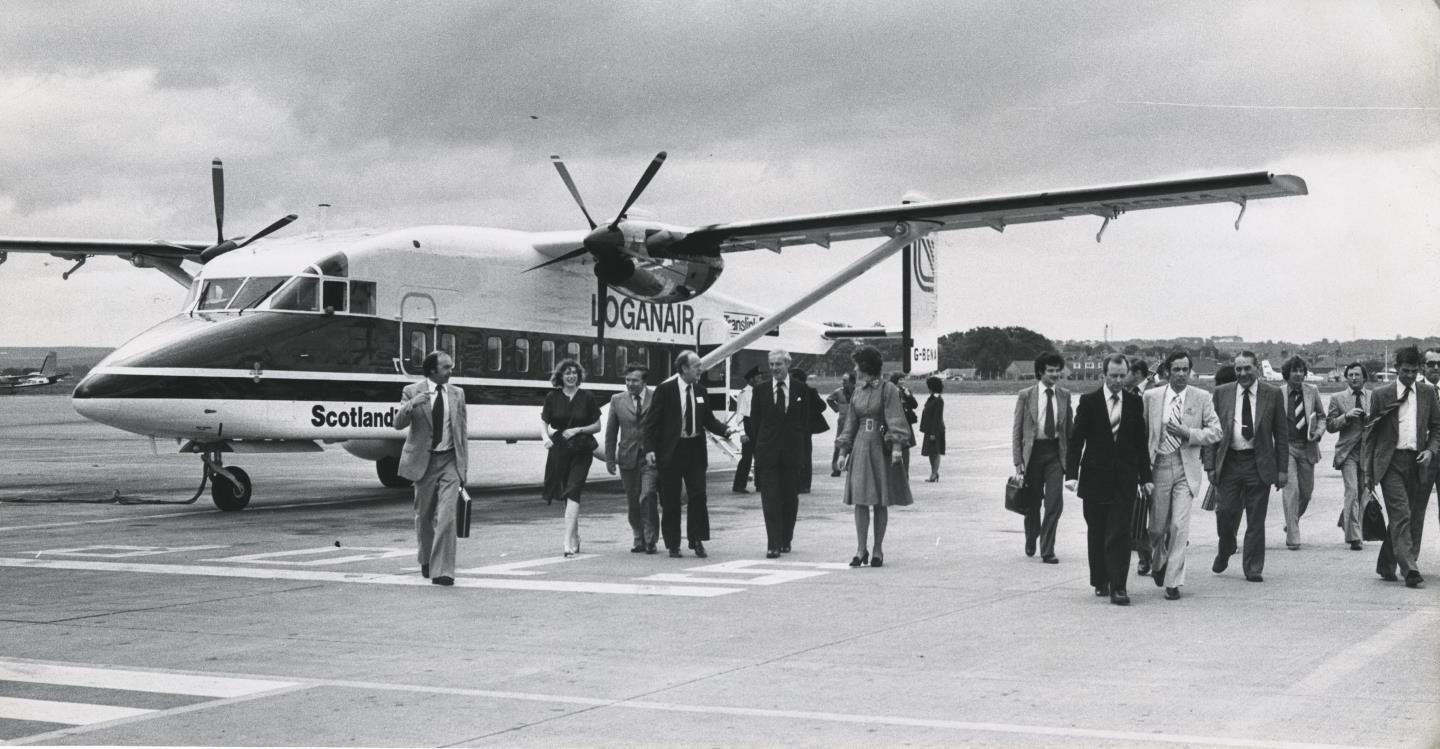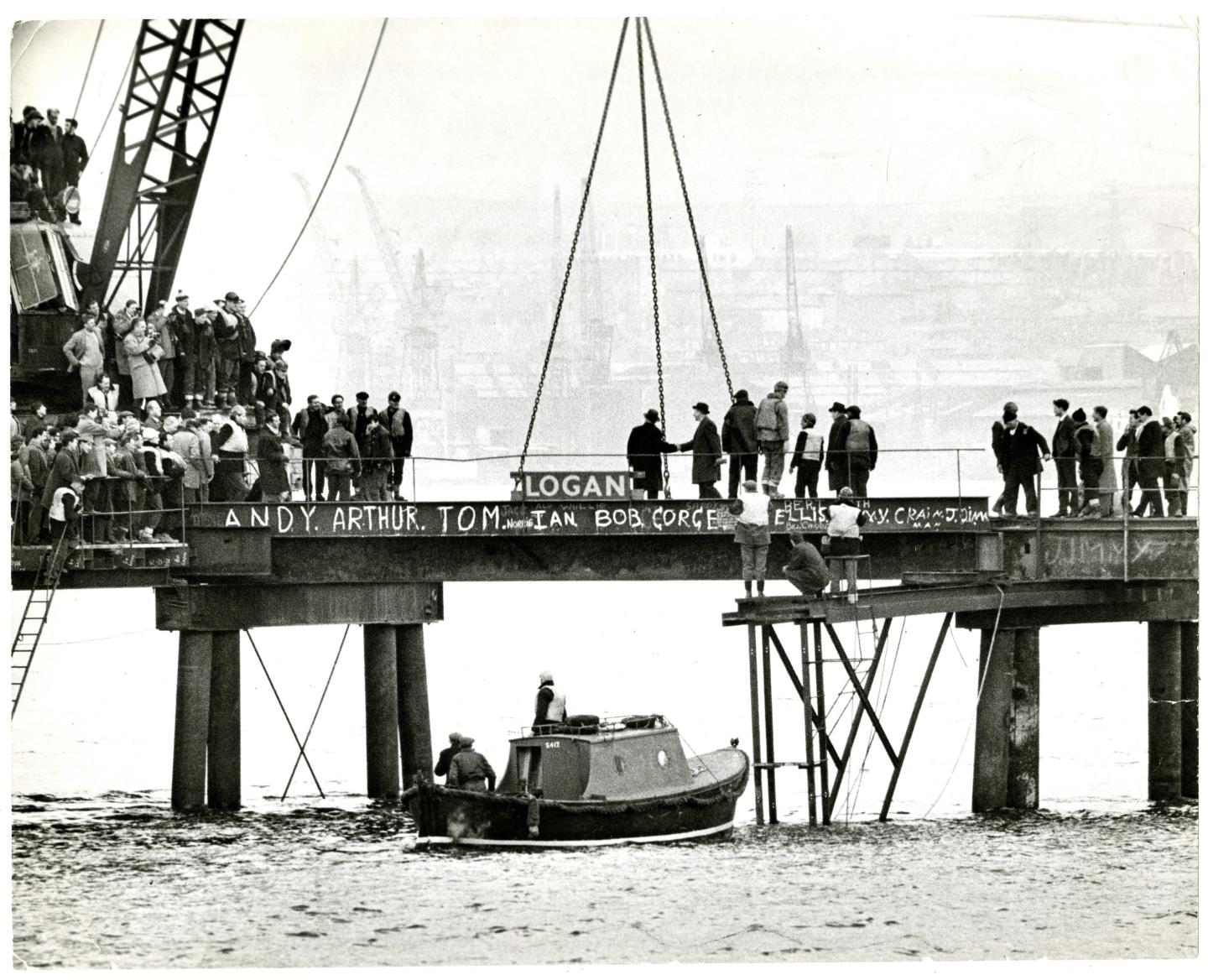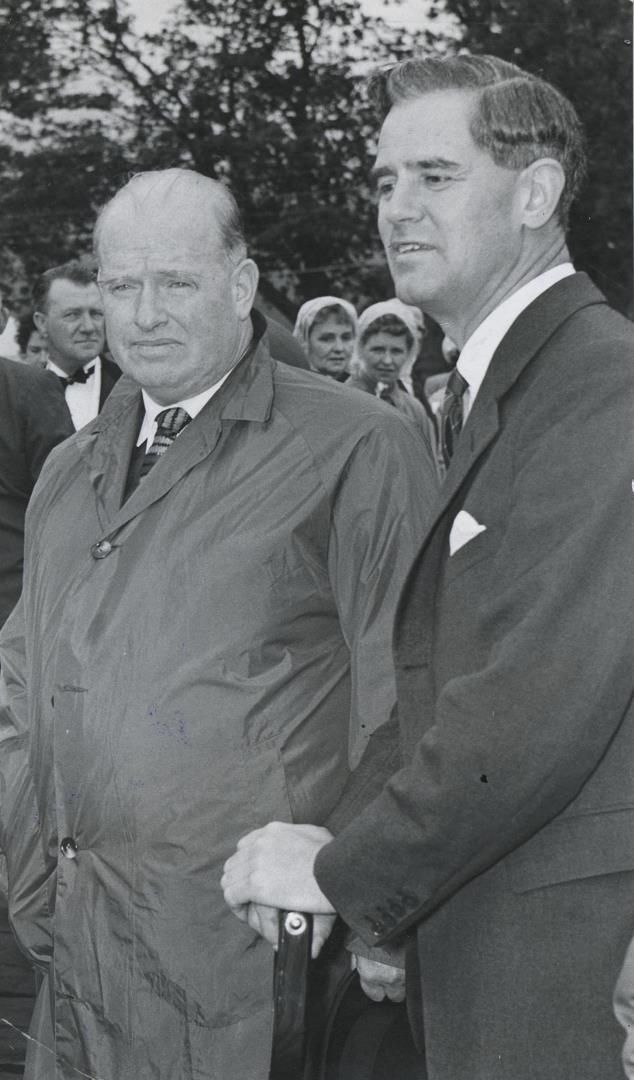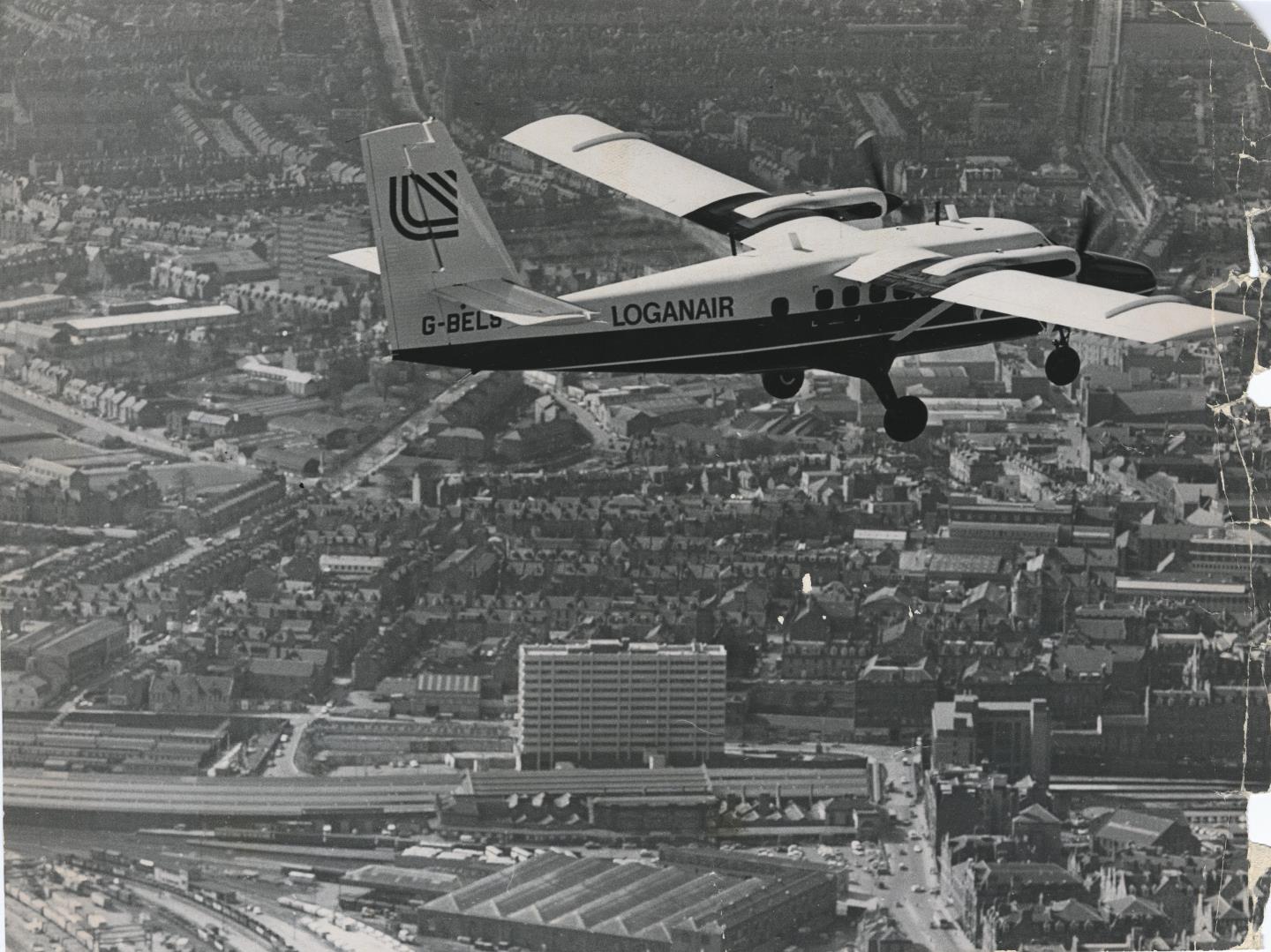The story of 60-year-old Scottish airline Loganair begins in Dundee.
In the early 1960s Riverside Park was just wide, empty land.
But construction company owner William Logan saw its potential.
His company, Duncan Logan Ltd, expressed interest in developing Riverside Park in Dundee for flying.
The new airport would fill the gaps that the state airlines would not fill.
A small landing strip was scraped out across several of the old pitches.
Mr Logan purchased the air taxi firm Capital Services and renamed it Loganair.
It was initially based in Renfrew, with its first aircraft being the Piper Aztec.
The first flight took off in 1962, to help Mr Logan secure the contract to build the Tay Road Bridge.
The deadline for tenders was 11am but heavy snow meant that the company wouldn’t reach Dundee in time by car.
So Mr Logan used his recently purchased Piper Aztec to complete the journey – and won the contract with just 15 minutes to spare.
The plane was the first one in what would become the Loganair fleet.
Loganair’s first proper flight took off in 1963, to support the construction work on the Tay Road Bridge.
A second service was also set up for the business personnel travelling between the two cities, on an on-demand basis.
The bridge was completed in August 1966, and at 2.25km in length it was the longest river crossing in the country at the time.
In stretching from Dundee to Newport in Fife, the bridge saves drivers an 80km round trip.
While Mr Logan never saw his bridge completed, his keen interest in his construction company and his workers was legendary.
He would arrange fish suppers at teatime, as well as ice cream in the summer.
A Morris Minor van would reverse up the temporary carriageway so they could be given out.
In the winter of 1966 Mr Logan telephoned Loganair Operations to request an aircraft to fly him from Edinburgh to Inverness Airport.
No suitable aircraft was available to make the journey, and so he planned to return by the evening train instead.
However, it’s believed he changed his mind and called an unapproved air taxi company, Strathallan Air Services Ltd, to fly him to Inverness in their Piper Aztec.
Just before the plane was due to land, it crashed into trees on the side of Dunain Hill.
Mr Logan was killed in the crash.
The Scottish airline is now a lifeline for the Highlands and Islands.
In 1964 Loganair won the contract to be the airline to deliver newspapers to Stornoway.
This was the beginning of the airline’s relationship with the rural community.
Loganair commenced the Orkney Inter Isles service in 1967. It connected mainland Kirkwall to the smaller islands.
In the same year a supplementary air ambulance contract was also won, and the first ambulance flight was operated by the Piper Aztec.
In its 60 years, Loganair has grown to be the largest regional airline in the UK.
Today the company operates lifeline services to the Highlands and Islands through domestic flights and its Royal Mail partnership.
It also serves multiple international destinations, including Denmark and Norway.
